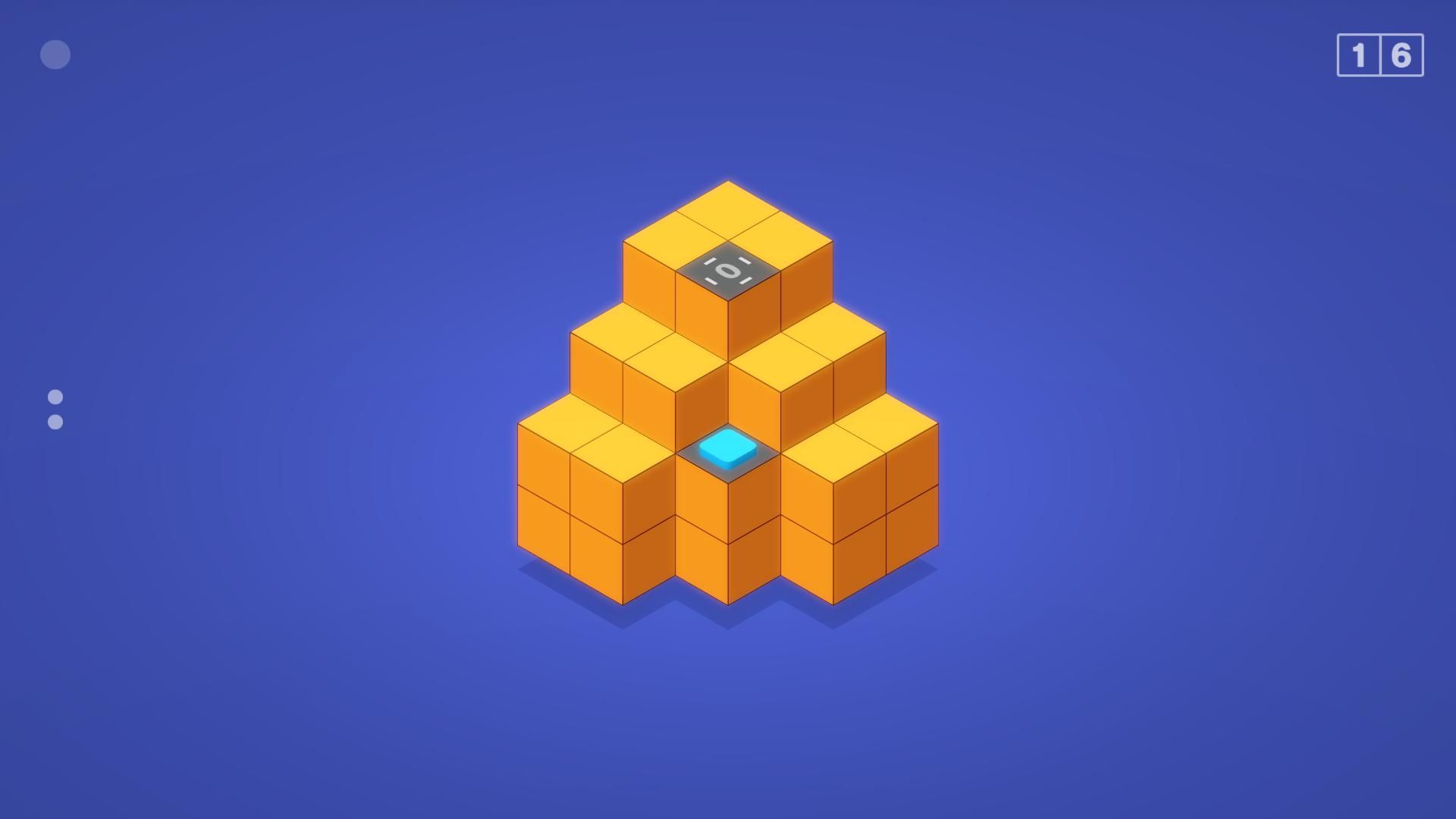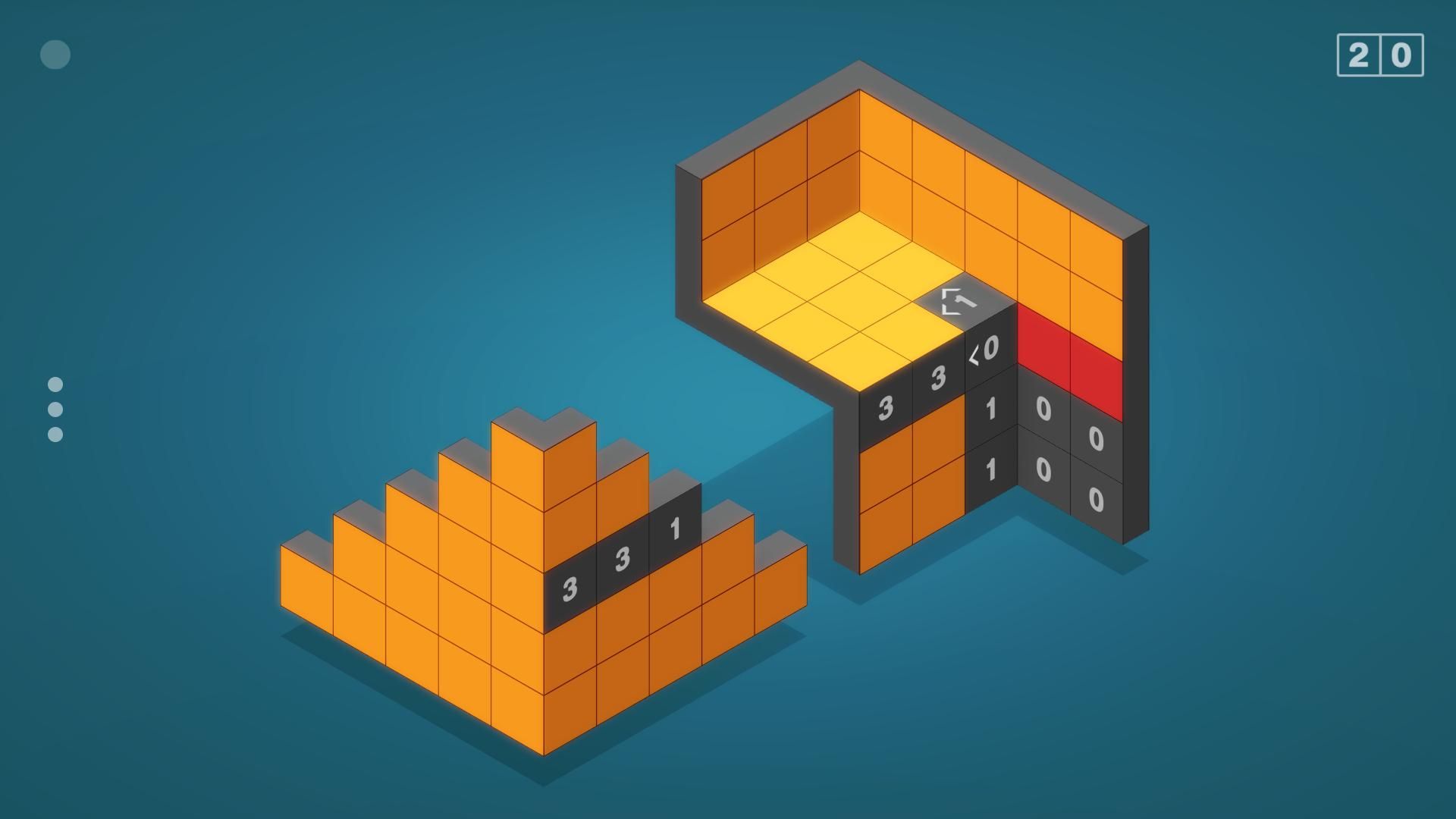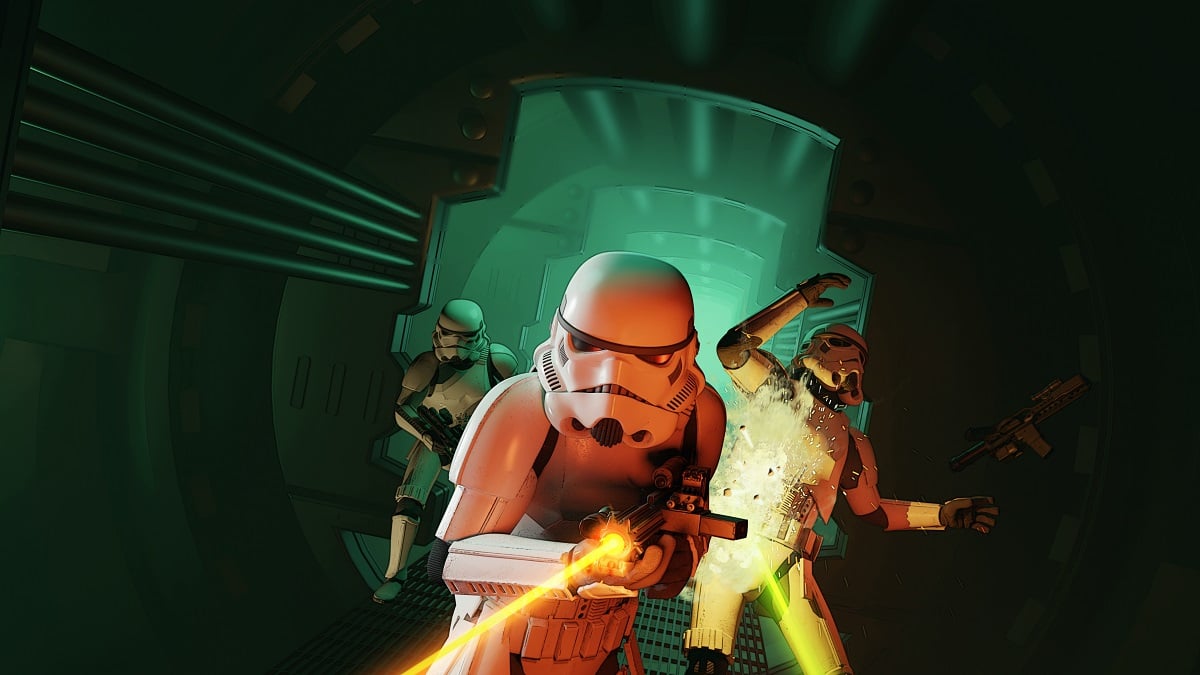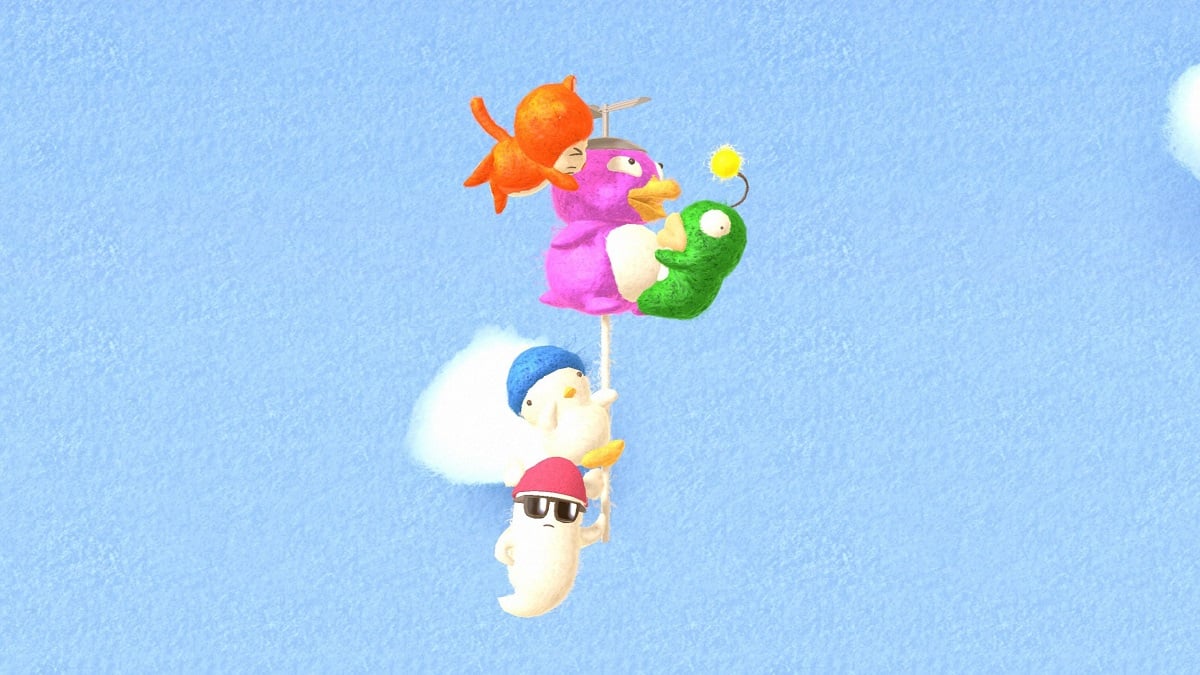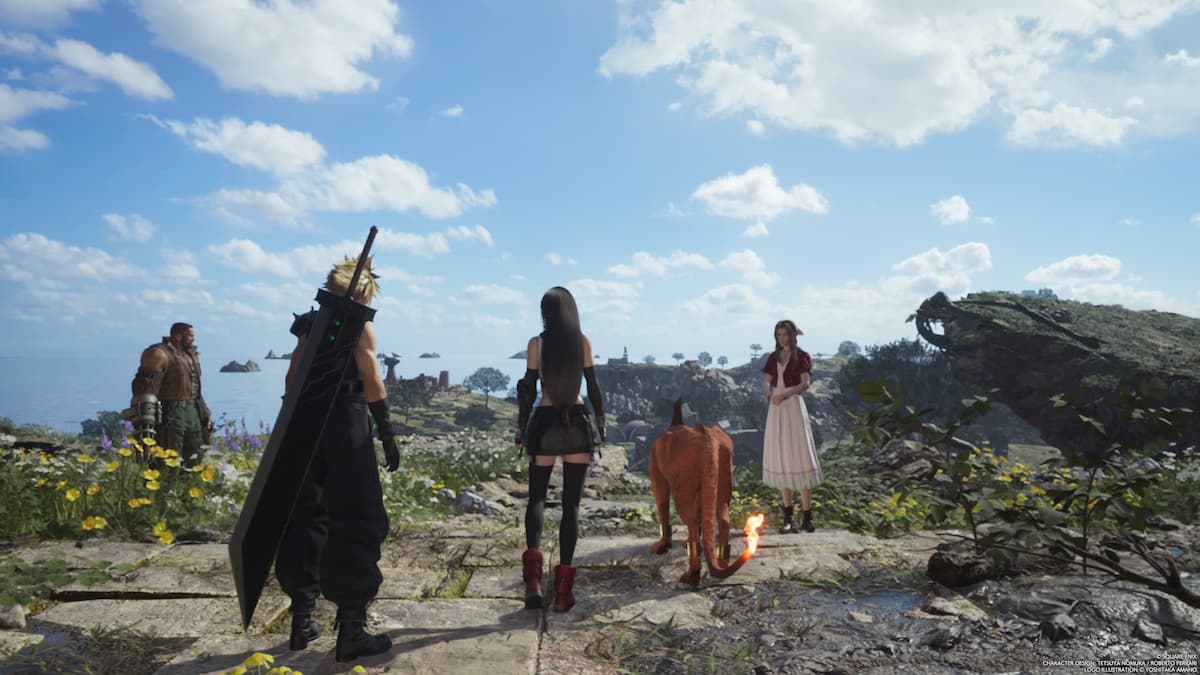
Oh my, reviewing Globesweeper has confirmed to be probably the greatest issues I’ve carried out of late. Because the ideas within the feedback for different puzzle games to attempt are making me such a ridiculously completely happy boy. After the actually good Tametsi, I’ve been taking part in final 12 months’s Delete, from LineWay creators Pony.
Right, so, as is the best way of all these puzzle games I must assemble what it’s out of the fragmented stays of those that got here earlier than. Delete is Hexcells meets Minesweeper meets Picross 3D. There, job carried out, let’s all go exterior for a stroll.
Oh, you want extra element? Fine. Each puzzle is a three-dimensional form constructed out of cubes, with the puzzle going down on the seen faces. As with the aforementioned, your aim is to work out which faces/tiles are highlighted, and that are deleted, the latter revealing additional clues for the previous. And matching mentioned kind, in the event you’ve a ‘3’ on a tile, then three surrounding tiles can be highlighted, the others eradicated – and which three it’s could be decided by the encompassing overlapping clues.
But in 3D, this implies “surrounding” is a bit more liberal. You must method it with the notion that it’s any aspect, any nook, of any tile, even when that goes round and edge, or touches corners on two sides of the thing. Then on prime of that, there are all the opposite guidelines it steadily introduces: Arrowed numbers that apply to a complete row or column, these with marked corners that don’t apply their rule to tiles touching sides, and vice versa, and others extra sophisticated as you proceed.
And that each one works! It’s by no means notably tough when you’ve bought a head for the puzzle kind, a technique of elimination that doesn’t actually prolong your mind past recognizing overlapping contradictions of guidelines. It’s all pleasantly introduced, with very calming ambient tunes and refined wildlife noises. But…
Huh, I’ve bought two totally different “buts” to placed on the tip of that line. One a constructive, one a detrimental. Let’s go detrimental first, so we will get better ourselves with the excellent news after.
But #1, it has a very bloody bizarre means of numbering its clues. Traditionally in all these puzzles, whether or not Hexcells, Minesweeper, Fill-A-Pix, or every other variant, the numbers keep the identical all through. Here, for causes that most likely felt like they might supply extra readability, the numbers rely down as you fill in tiles round them. Your ‘3’ turns into a ‘2’ once you spotlight one tile subsequent to it. Which, instantly, sounds intuitive and smart when written down right here. In follow, it’s an enormous ache!
If this have been the primary puzzle of its kind you ever performed, you’d be grand. But in the event you’ve ever performed every other, you may be continually tripped up by it. You’ll see a ‘2’, see two tiles marked subsequent to it, and suppose, “Ah, all the others can be deleted then,” as a result of THAT’S HOW IT ALWAYS WORKS! Except not right here. Oh my goodness, each time I relaxed into it, I made this error.
But #2, when the degrees have buttons, this comes into its personal. Oh my, what a distinction they make. A bit of blue button or two seem on a number of of the faces, and it switches from an honest sufficient tackle an outdated thought, to one thing dynamic and fascinating that I wish to make everybody play. Click that blue button and chunks of the puzzle transfer about.
It might need a dice develop up and out right into a staircase, or trigger a block to slip aside into three overlapping sections, or have a specific column of the puzzle rotate. There could be two buttons, which have two totally different intersecting sections transfer about. And splendidly, as you do that, it in fact modifications the numbers on tiles affected by the transfer. And in doing so, means that you can infer a lot extra data. If a 2 turns into a three on three totally different sides of a rotating column, however a four on the fourth, you’ll be able to maybe discern which tile it’s that makes the distinction, and mark it – and naturally remove all of the corresponding tiles on the opposite aspect that didn’t make a distinction. Or simply increasing the form means new data is revealed, permitting you to unravel up to now till you hit a useless finish, then press the button once more to return to the previous form, and see what the tiles you’ve altered change as soon as you come.
You can find yourself switching backwards and forwards between three or 4 totally different puzzle states, and having every affect the subsequent, making for such a satisfying expertise. And oh my, I want the entire game have been like this. What an unqualified suggestion I’d give it. I’d even forgive the descending numbers insanity.
The result’s a really respectable puzzle game, that sometimes has fully impressed puzzles inside it. If it might have targeted on the buttoned ranges, gosh, it’d have been an actual basic. As it’s, it’s a relaxed, light game, with intermittent moments of brilliance. Apart from that bloody descending quantity factor.

